Carlos Huber, the smell and shape of Time
Mexican by birth, European by genes, New Yorker by choice, Carlos Huber comes from a complex familial and cultural background which shaped his multifaceted mind with many layers of depth. Passionate about buildings, history and design, young Carlos found in architecture the ideal mix of everything he loved. After studying architecture in Mexico City, Paris and Bilbao, he eventually started his career in New York as architect specialized in building conservation and restauration. It is important to note that in the USA the word “conservation” has a completely different meaning than it does in Europe or Mexico, being a sign of progressive and reactionary thinking, and not a nostalgic act.
Just like architecture carries the spirit and shape of a particular era through elements of style, morphology and materials, perfumes can faithfully restore long-ago moments. Perfume can trespass the borders of time and encapsulate the ever-changing nature of mankind. As creator of the Arquiste perfume brand, Carlos gives us a key to time and space travel. But it’s not at all an inward, Proustian journey, as it is the case for most of the perfume brands. On the contrary, his perfumes are an outward trip toward meaningful moments that belong to the collective consciousness immanent in all individuals across the World.
Mankind as we know it today is a composite resulting from millennial human migrations and interchanges. Making use of strong symbols related to water, trade and movement in all the Arquiste perfumes, Carlos creates bridges between different cultures and gives us access to a rich, boundless and universal patrimony. The following dialogue provides an in-depth understanding of Carlos’ beliefs and aspirations, urging to cross-national connection and sharing.

Carlos, please tell me about your path and your passion for architecture.
I was born and raised in Mexico City. That is where my family is. I moved first to Paris in 2003, where I studied for one year at the École Spéciale d'Architecture, Boulevard Raspail. After Paris, I came back to Mexico City to finish my architecture degree and then I moved again to Europe, in Bilbao, where I worked with some architects for a year. While I was there, I found a great program here in New York that was called “Historic Preservation”. The conservation and preservation movement here in New York, well in the United States, has grown very much as a reactionary movement. It is more about progressive values, it’s not about being conservative as it is in Europe. It is kind of eccentric thing because it makes you think more about what is significant about old buildings, why do we need them. It has more marketing in it, urban planning, law, and of course, design. It’s a very interesting position to counter especially when you come from a place like France or Mexico that have a very controlled heritage. It makes you think differently.
It’s very interesting, but it’s also a little bit sad because the reason why all this movement was created was because a lot of incredible old buildings were torn down. You think of the United States as a new country, but actually it’s not. It’s older let’s say then Argentina, but Argentina has more old buildings that the United States, just because of this traditional way of thinking about the heritage.
How did you come to architecture?
I always loved buildings. I always loved building artifacts like Lego, Mecano, Play Mobile… My father used to tell me: "Well, you seem to like that a lot, maybe you could be an architect!". And I knew I wanted to do something with design, because I always liked arts and I was drawing a lot when I was a kid.
When I started traveling, I became more aware about old cities and old buildings. I became fascinated with the story of architecture. Just going to the center of Mexico City, in a little colonial town or during my first trip to Europe, I became fascinated by old buildings. I chose architecture because I wanted to do design, but also because I got to study the history of architecture.
How did you become fascinated with History and Time?
I always loved stories. History class was always entertaining. I also come from a background of immigrants. My family came from Europe to Mexico in the 20s from many different places: my grandfather, for example, was born in Poland; my grandmother was born in Mexico, but her father was from Lithuania and her mother from Ukraine, so she is of Russian origin. On my mom’ side, it’s even more diverse, coming from Poland, Mexico, Greece and Turkey. Everyone has a different story of how they came.
I wanted to know more about my family’s history. I wanted to understand more about us. Being born in Mexico is very different from being born in a country like the United States, Australia, Canada, Argentina or I think even in Europe. Mexico still has a very strong identity, it has very much its own thing. It’s not such a big melting pot like the United States, we stand out a little bit more. We have a very strong sense of that difference and I just wanted to understand it better. But in the same time, I’m not from there: I’m not Polish, I’m not Russian, I’m not Greek. I am Mexican. I wanted to make some kind of connection between my present and my family’s past.
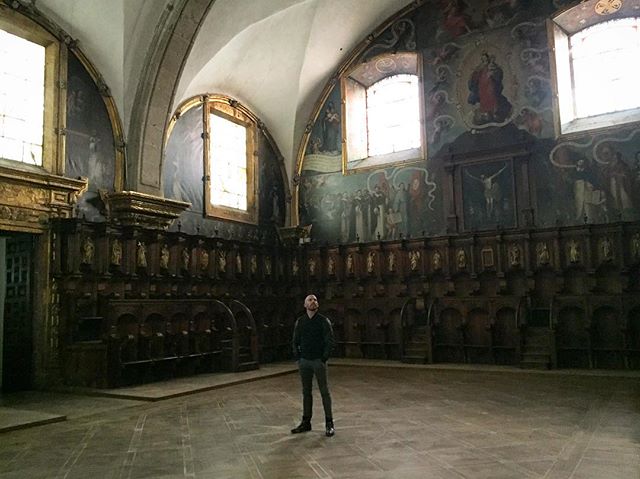
Do you feel a little bit American right now?
No. I mean I have adopted certain features and I understand Americans because I’ve been here for 12 years. I know a little bit about what people think and how they function – at least here in New York, which is very specific. I also think there’s something in the way I work that is very American: proactivity, the way to react to work stuff, a career-oriented culture about improving, improving, improving, which I pretty much subscribe to.
But that being said, I think I retain a lot of my own culture. My identity is complex because of that. I have a big part of me that is very Mexican, but there is also a part of me that is European. I’m a combination. I can feel at home in a lot of different places. I feel very much at home in Spain. It’s that balance of continental Europe and Latin spirit. The Americanness is another level, another layer. I like layers.
There are a lot of questions, there are a lot of enigmas. Unfortunately, for many families that left Europe in that very difficult time, between the wars, they weren’t able to bring a lot of things with them. They just brought themselves. I was in Greece this August, visiting the town where my grandfather was born. There is no house to visit, there are no relatives, there is no connection anymore. It has been completely erased. It’s so sad. It is up to me to find my connection to that place. Imagine being born somewhere and not really knowing the connection to why you look in a certain way, why you eat certain things, why your family behaves in a certain way. It's about being inquisitive, asking questions. I found that place in Greece after asking my family, it was quite a detective work. It’s not something tangible anymore, it’s not like we have a house there. Connections come from history and it is up to me to keep them alive.
We live in the era of “everything now”, between ephemeral and fleeting forms of expression. How do you think this alters the relation to Time, History and past of the modern consumer? Is the “modern man” still able to understand the sense of History?
Interestingly enough, I think this helps. More people are interested in history as there is a visual aspect to social media. We are able now to see a lot more things than when visiting a museum or a place, or when you needed to open a book to see the paintings, to see that house, to see that interior, to see that church… And now you can actually look for it on the hashtag online and that is fantastic. Wikipedia is one of the most wonderful things of the Internet, if not the best for me. I use Wikipedia a lot and I am not using it necessarily for work, but also for pleasure. Of course, the one thing that needs to be more controlled is that the information is real not biased and subjective, but other than that, I think that we have a way now to show history that is better.
How did you come to the intention of launching a perfume brand, from your architecture and retail design background?
Perfume was always something I loved and I have an innate sensitivity for it. When I told my father that I wanted to work in perfumes, that I wanted to do this project, he said “It makes sense, because you were always, always interested in perfumes. When you walked into a place, you always said that is smelled like this or like that or what’s that smell, as child”. And I just love what it does to my nose. It takes me away, it makes me think and remember things. It creates a sense of harmony, well-being, health and sweetness.
Your entire perfume collection evokes specific events, places and moments. Many of your creations are related to water and sailing ships (Sidney Rock Pool takes place at the beach, Fleur de Louis and Infanta en Flor which happen on Île des Faisans, Nanban on a Japanese galleon, El and Ella at Acapulco near the ocean, Dark Galleon in the Nagasaki port). What does this mean to you? Which significance do you associate to water?
I actually do love water and I’m very much an aquatic person. I have always been a swimmer and I have always loved the ocean. The beach is my favorite landscape. I'd much rather go to seaside then to the mountains or the desert.
Also, there is definitely a relation to history as it relates to travel, immigration and exchanges. As I was born at that cultural crossroads, I’m very much interested in exchanges and history. The more I learn about Mexican history, the more I am fascinated, because it’s such a meeting point of the world. You have the native pre-hispanic people, the Aztec and the Mayan civilizations. Then you bring Europe into the mix, with the Spanish and Italian influences, which brought the European culture to Mexico. There is also the trade with the East: Asia, China, Japan, Philippines because of the Spanish and Portuguese. I love that mix of influences, it is fascinating and I identify with it.
I find comfort in it, especially in today’s world where there is so much right wing nationalism, when people want to separate and isolate themselves. We are way more mixed than we think. This is something nurturing and comforting, it gives me peace and hope. The history of humankind is a history of migrations from Africa to Asia and Europe then onwards to America and Oceania. Every single thing about history is about human movement, flow of populations. This whole story about immigration being such a problem today it’s not a problem in fact. Just learn to deal with it because it’s never going to stop. It is what it is.
The story about Nanban is about a trip to the West and it’s about sadly about something that didn’t go well. The Japanese shoguns went back as they didn’t want Christians in Japan and they closed the contact with the West. And why did they do it? Because the Christian powers wanted to colonize then, so they pushed back.
For Sidney Rock Pool, the action happens in the present, not in the past. Which event do you wish to highlight?
Sidney Rock Pool it’s about escaping. And this is why I wanted to do it in the present, because I was actually in a very sad time when I started working on it. Trump has been just elected here in the United States and he was saying awful things about pretty much everything I stand for. Me, my peers and pretty much everyone I know here we were depressed and scared – we still are! Everything that’s going on in the world is very scary. For me, Sydney Rock Pool is an escape. For a second, going to the beach and being present at that moment – I’m not saying being irresponsible and neglecting what’s going on. That particular perfume is a reminder about being mindful. A reminder to be present and to take care of ourselves.
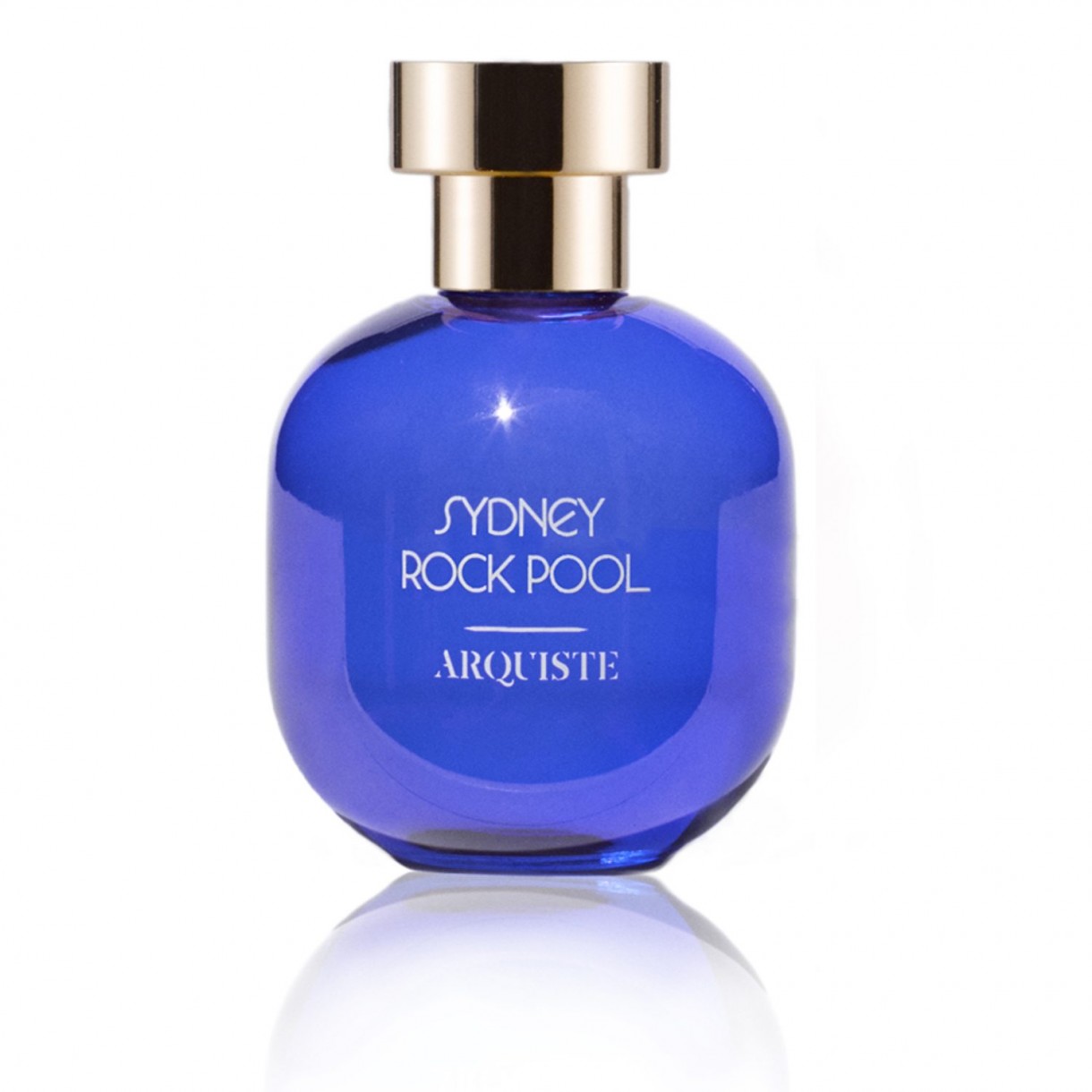
Which is the "red thread" from one perfume to another?
They all deal with the idea of exchange and history, weather if it’s the story about Japan, France, Australia, Spain or Russia. I want people to feel that we are allowed to look at another culture and relate to it. They’re not exclusive to one single people, we all can have a part of it. I am not Russian, but my grandmother was, and even if I didn’t have my Russian grandmother, there is so much about the Russian culture that is international at this point. My concept in all of this is that the world belongs to all of us.
Olfactively, I’ve always worked with Rodrigo and Yann, so there is a signature in all of the fragrances, whether it’s an incense or a citrus fragrance.
My personal signature is that I like complex, chatty fragrances. I don’t like fragrances that are overly blended or overly abstract, I like to notice little bits of the fragrance at different points of its life on the skin. I like fragrances that are rich without necessarily being super strong. I like to find more layers of deepness – again, not to be confused with the strength. I like deep and elegant fragrances. All of my fragrances are all quite smooth and even if they have a certain sharpness, there is a reason for it there.
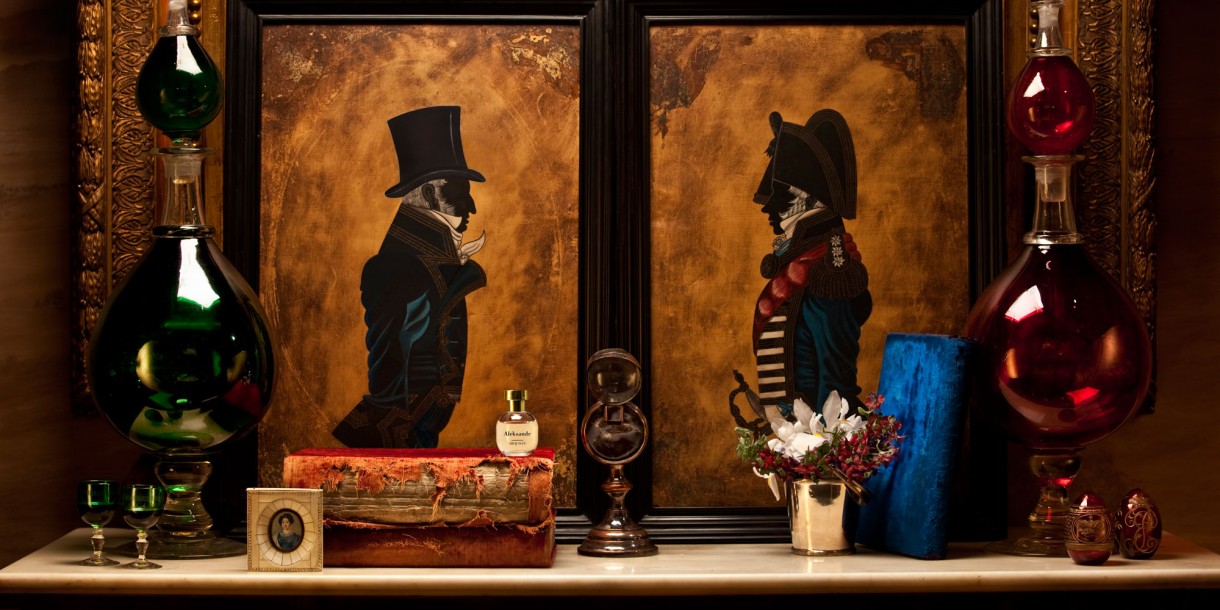
Do you have a fetish ingredient?
Yes, I do have a favorite ingredient, a produit de synthèse called Ambermax produced by Givaudan. It smells like skin, a little bit salty but not sweat, definitely not human sweat. A clean skin kind of smell, with a little bit of bitterness to it. Ever since it was created, I’ve been using it in all the fragrances, from Boutonnière no. 7, which was the first fragrance in the American market to use it, to El and Ella and Sidney Rock Pool. It brings a human element to the story.
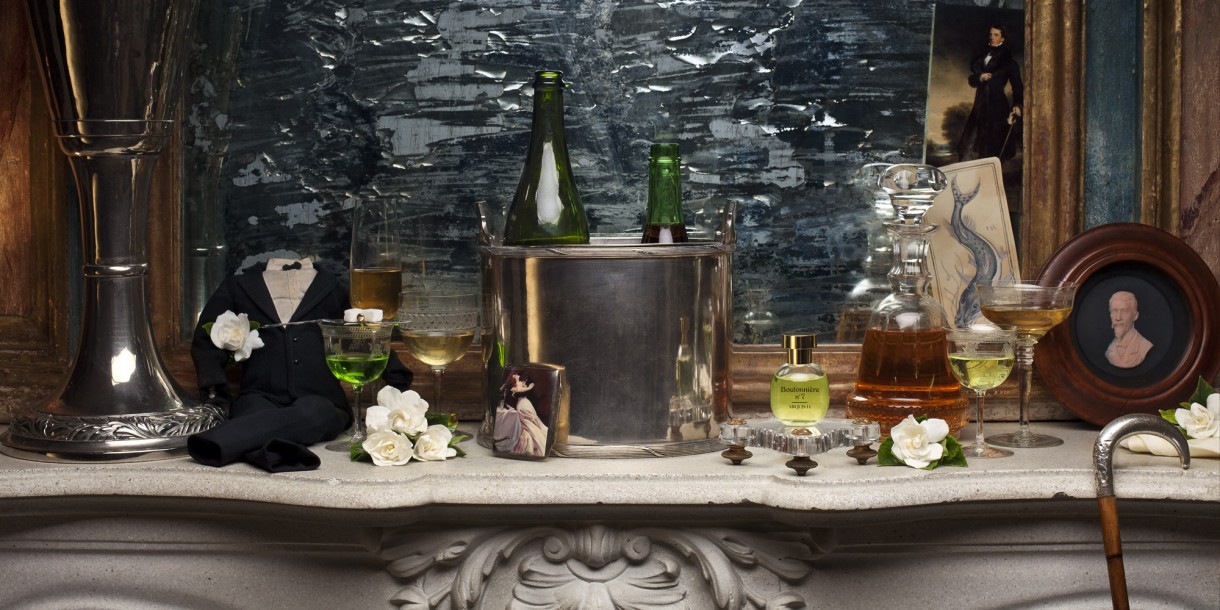
How tough is the niche perfumery business?
I think the biggest challenge right now is to maintain the niche aspect. It is becoming very difficult to be independent. A lot of the originally independent companies that we think are very artisanal have now huge backings and investments behind them. So, even if it feels small, even if it feels exclusive – and I’m not saying they are not, they are still beautiful brands – but it has made it very difficult for the true ones, the real independents like us, to compete with them.
A small brand that is very expensive, exclusive super niche, beautifully done can also have now stores in China and in Saudi Arabia. How do we get there? I can’t do that by myself. So it means that I have to look for investors, so, in a way to sell the soul of it. And it’s not anymore an independent journey. It’s a different journey of investment, it's about business, business, business…
Which are the strengths that Arquiste can rely on?
My key is collaboration. I’ve been able to do collaborations with other brands like Cire Trudon, the Saint Regis Hotels, J. Crew, and department store El Palacio de Hierro, that have given me the capital to do these projects as truly independent niche brand. When we create, it’s not based on trend but on our very DNA. The collaborations give me the capital to keep this going by itself. I think this is my key to success.

Which will be your next destination?
Of course, it will be about trade and movement. Not so much about population flow, but about the trade between India and Europe in the first half of the 19th century. It’s about specific ingredients and luxury materials that were transported and they would carry a scent with them. First, they became a sign of luxury and wealth because they were exotic. As trade developed, this particular scent became more and more banal and it started to be a scent of the outsiders. What started as a fragrance of conservative became a fragrance of progressive people, people who were on the fringes of society. It’s about the counterculture aspect of it.
Which is the essence of the brand in one word?
I would say factory restoration. I think that’s the most accurate and it speaks to my background in the field. Reclaiming something, reminding you of something, exposing something to you. It’s like exposing a wall, when you take off the wallpaper and you see the layers of what it’s behind.
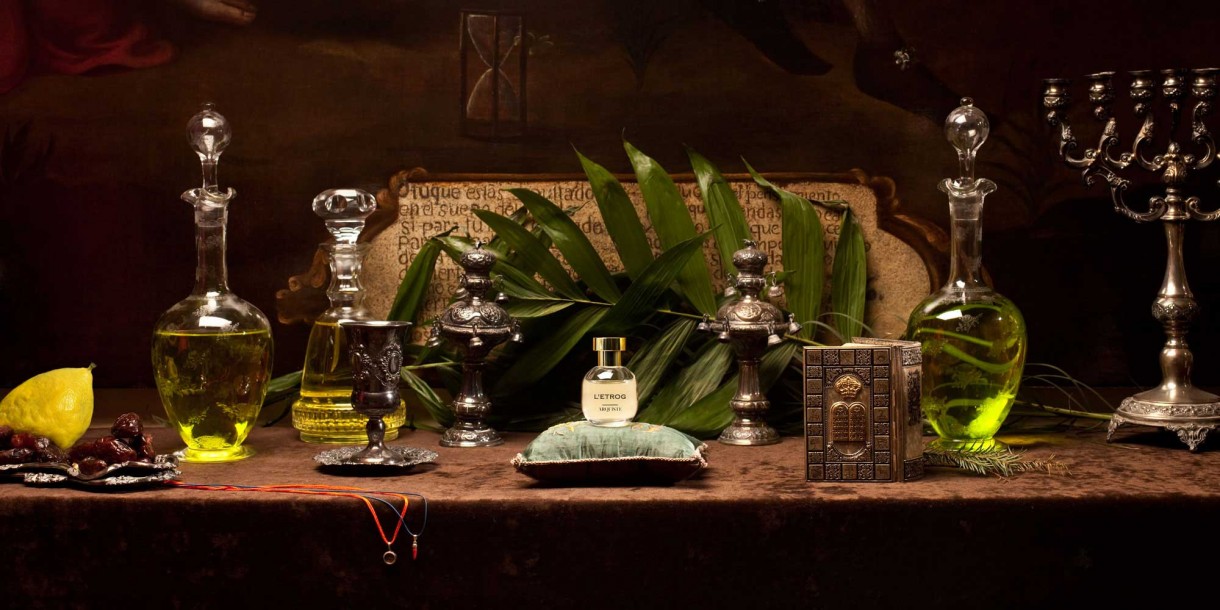
Credits and links:
Arquiste’s website.
Arquiste’s collaboration with El Palacio de Hierro: Esencia de el Palacio.
Images provided by Arquiste.
Interview initially realized in English by Madalina Diaconescu.
Translated in French by Alina Apostu.
© Faurar